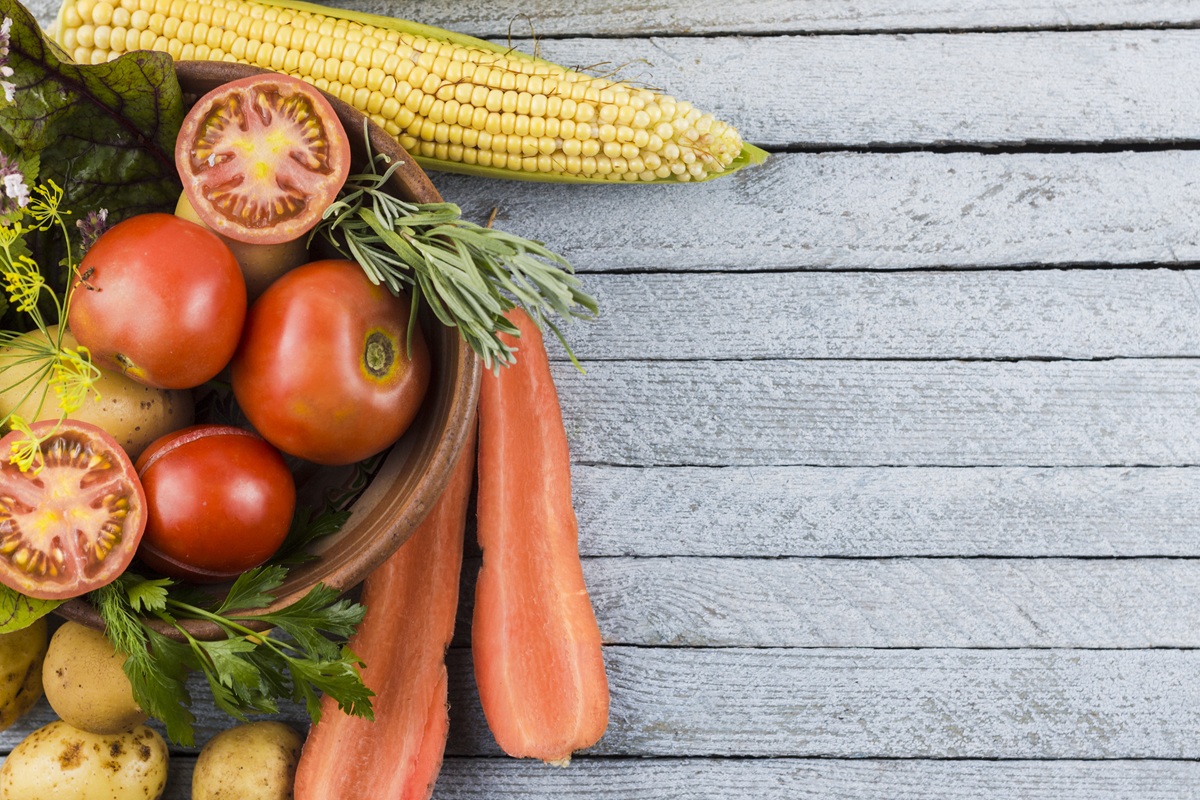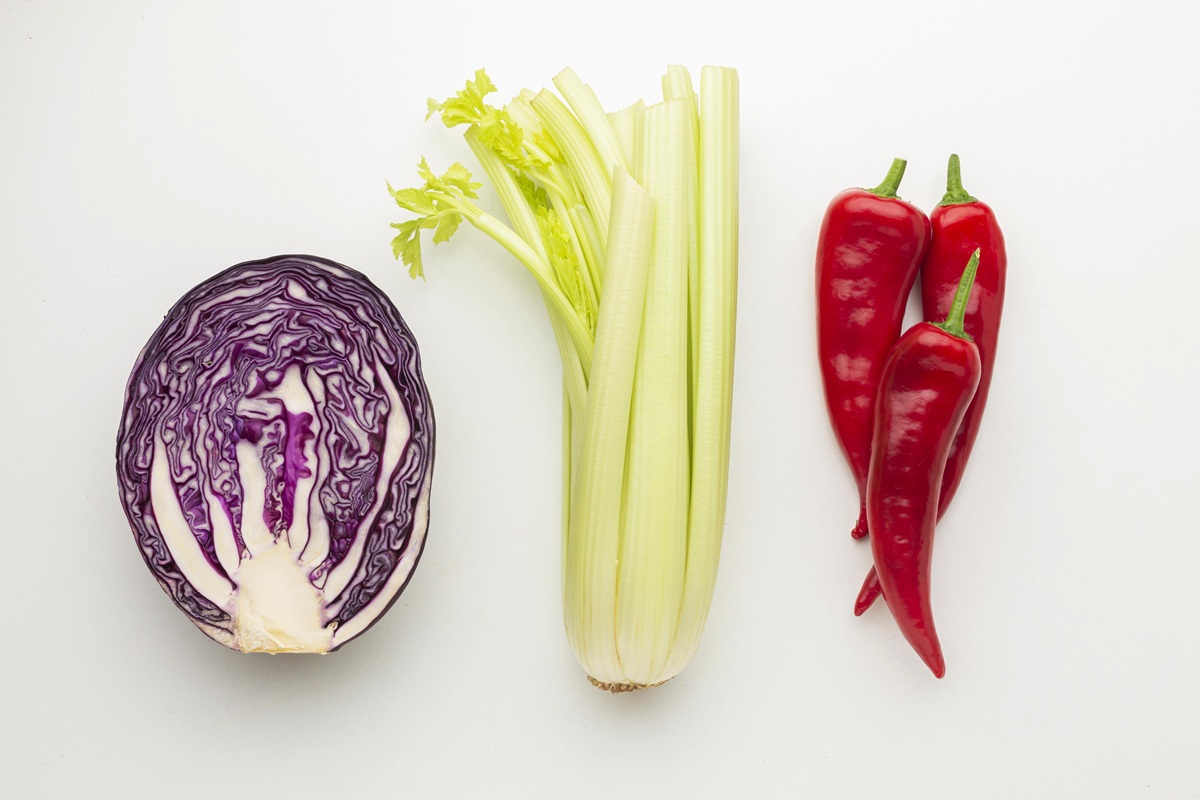Over the years, my garden has been a place of peace, experimentation, and, if I’m being honest, a fair share of unexpected lessons. One of the biggest revelations I’ve had as a home gardener is that not all plants make good neighbors. Just like people, some plants get along very well, while others just don’t mix. The practice of knowing which plants support each other and which cause problems is known as companion planting. And let me tell you, understanding it has completely changed the way I garden.
Today, I want to share some of the most common mistakes I’ve made or witnessed when it comes to planting incompatible crops. Some of these mistakes can ruin an entire season’s work. Others may seem small but can lead to long-term soil issues and pest invasions. Let’s take a closer look at some plant combinations that simply shouldn’t grow side by side.

1. Tomatoes and Corn: A Fight for Survival
I once made the mistake of planting tomatoes next to a lovely row of corn, thinking I was saving space and making a smart use of vertical growth. What I didn’t realize was that both are heavy feeders, and their root systems ended up competing for every ounce of nutrients. My tomatoes were pale and produced fewer fruits, while the corn never quite reached its expected height.
To make matters worse, both plants are susceptible to the same pests, especially the corn earworm. The shared vulnerability meant I was essentially inviting pests to an all-you-can-eat buffet. Lesson learned. These two might look good together on a plate, but not in the soil.
2. Carrots and Dill: Too Close for Comfort
One year, I planted dill near my carrots, hoping the fragrant herb would ward off pests. But what I found was that my carrots were thin, stunted, and oddly shaped. Dill, especially as it matures, releases compounds that interfere with carrot development. They’re related botanically, which means they also compete in subtle ways that affect growth.
It took me two seasons to figure out what went wrong because early on, the dill didn’t seem to be the culprit. Once I separated them, the carrots bounced back, and I’ve kept dill at a respectful distance ever since.
3. Beans and Onions: A Nutrient Conflict
I love growing beans for their ability to enrich the soil with nitrogen, but pairing them with onions turned out to be a disaster. The beans looked sick, and I noticed very few pods forming. It turns out that onions and their allium relatives, like garlic and leeks, actually interfere with the beneficial bacteria that help beans fix nitrogen into the soil.
Instead of creating a better environment for future crops, I ended up depleting the soil and weakening both plants. Now I grow beans and onions in entirely different beds, rotating them through the season to avoid future conflict.
4. Strawberry and Cabbage: An Unexpected Rivalry
This one caught me by surprise. I was trying to create a charming border of strawberries around the cabbage patch. The strawberries were supposed to add beauty and utility, but instead, they wilted and produced poorly. It turns out cabbage has a dense root system and wide leaves that crowd the strawberries out. Worse yet, both attract similar pests like aphids and slugs, which quickly got out of hand.
That experience taught me that some plants, even if they don’t look aggressive, can dominate the space and hog essential nutrients and moisture. Cabbage belongs with strong competitors, not delicate fruiting plants like strawberries.
5. Cucumbers and Aromatic Herbs: Conflicting Needs
Cucumbers are a favorite in my summer garden, and I often like to surround my vegetable beds with herbs for fragrance and pollinator attraction. But cucumbers don’t appreciate being too close to strong-smelling herbs like rosemary, sage, or even basil. I found that my cucumbers grew erratically and sometimes became bitter.
It turns out that the volatile oils from certain herbs can affect the way cucumbers grow and even influence the taste. They also prefer more moisture than many herbs do. Once I began keeping herbs in a separate raised bed, both plants performed much better.
6. Tomatoes and Potatoes: A Family Feud
You’d think that since tomatoes and potatoes belong to the same nightshade family, they’d get along fine. I made this assumption early in my gardening journey, only to discover how wrong I was. Both plants are susceptible to the same blights and diseases, and once it started on one, it quickly spread to the other.
What made it worse was their aggressive underground root systems. They battled for resources invisibly beneath the soil, and I didn’t realize the extent of the damage until it was too late. These days, I never grow them in the same bed or even rotate them into each other’s space without at least one full season in between.
7. Lettuce and Celery: Water Wars
Both lettuce and celery love water, which is why I thought they would make a good pairing. But my lettuce suffered from bitterness and limp leaves when I planted it too close to my celery. What I didn’t consider is how differently their roots behave. Celery has deeper roots that pull water aggressively, often leaving the shallow-rooted lettuce dry during the hottest part of the day.
Watering more didn’t help much because celery would just take more. Now I give lettuce a dedicated spot where I can baby it a little more, and it rewards me with crisp, sweet leaves.
8. Sunflowers and Potatoes: Hidden Saboteurs
There’s nothing quite like sunflowers in full bloom towering over a summer garden. But planting them near my potatoes was one of the costliest mistakes I’ve made. Sunflowers release natural toxins into the soil that suppress the growth of nearby plants.
I noticed my potatoes were smaller than usual and not as numerous. At first, I blamed the weather or a poor seed batch. But once I learned about sunflower toxins, it all made sense. They now have their own ornamental patch, far from any edibles.

9. Peppers and Fennel: Bad Chemistry
Fennel is a tough plant to pair with anything, but I made the mistake of trying to tuck it next to some pepper plants in a corner of my garden. I figured they had similar sun and water needs. While the fennel thrived, the peppers didn’t. Their growth was stunted, the leaves looked yellow, and the fruit barely came in.
Fennel secretes substances that are toxic to many vegetables, and peppers seem to be particularly sensitive. Ever since, I treat fennel more like an ornamental, beautiful, fragrant, and strictly kept-apart plant.
10. Broccoli and Tomatoes: A Battle of Needs
One cool-season, one warm-season, broccoli and tomatoes were never meant to be together, but I tried anyway, trying to get an early head start with the broccoli before the tomatoes filled in. The result was a mess. Both plants are nutrient hogs and ended up competing for the same soil resources.
The broccoli bolted early, and the tomatoes never got as big or fruitful as they normally would. I learned to respect their seasonal timing and give them separate plots suited to their preferences.
If you want to learn more about gardening, here’s a good book you can read.
If you liked this article, here’s what to read next: Top 8 Invasive Plants to Keep Out of Your Garden